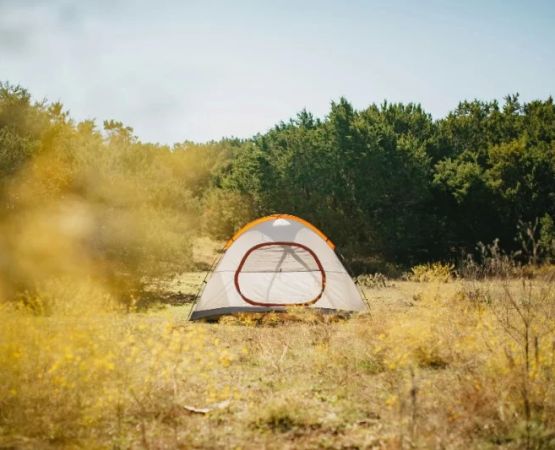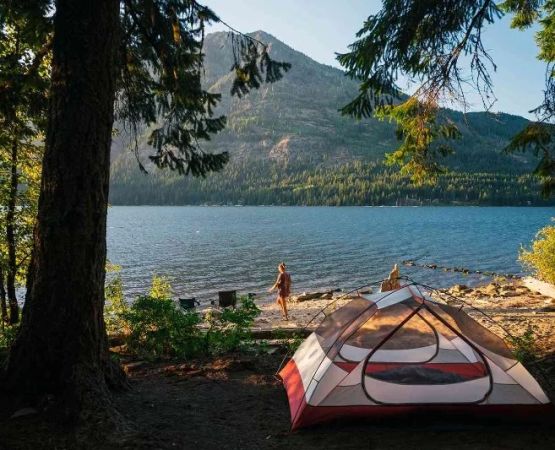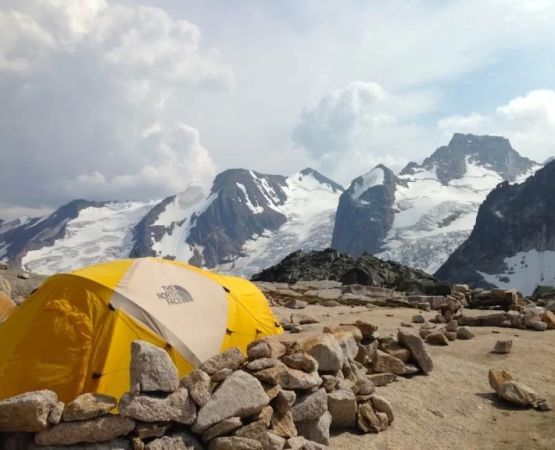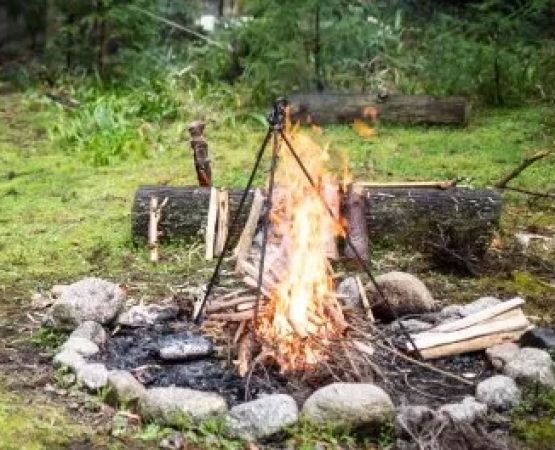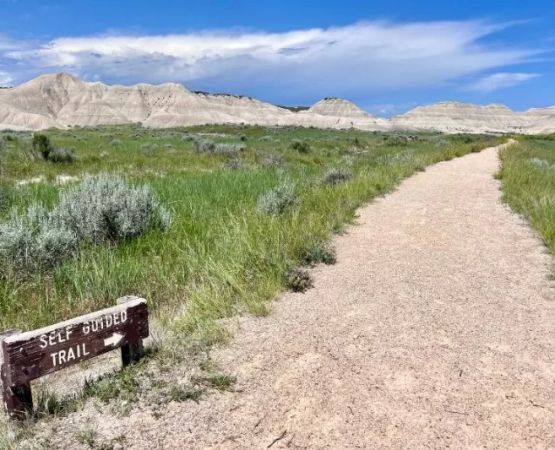- How-to-Combine-Camping-with-Canoe-Raft-Expeditions–A-Practical-Framework – Structuring a Seamless Adventure
- Planning-the-Perfect-Route-for-a-Multi-Day-Adventure – Terrain, Water Flow, and Seasonal Factors
- Building-a-Campsite-Strategy-that-Supports-Water-Travel – Gear, Logistics, and Real Stories
- Safety-and-Team-Coordination-on-River-Based-Camping – Essential Skills and Mindset
- Where-to-Experience-This-Adventure-for-Real – Locations and How Pine Cliff Resort Enhances the Journey
1. How to Combine Camping with Canoe / Raft Expeditions – A Practical Framework
For many outdoor enthusiasts, the idea of blending camping with canoe or raft trips has become a dream adventure. When people ask How to Combine Camping with Canoe / Raft Expeditions, what they really want is a method that feels natural—something that connects water travel with wilderness exploration in a way that doesn’t compromise comfort or safety. The fusion of these two experiences creates a rhythm: paddle, explore, set up camp, rest, and repeat. It’s an immersive journey that turns landscapes into moving stories.
The core idea is simple: instead of driving to a campsite, you travel by water. Your canoe or raft becomes both transportation and utility vessel. But the magic happens in the details—how you plan, how you pack, and how you adapt to the water’s changing moods. Many travelers describe this combination as “the closest you can get to feeling like an early North American explorer,” especially on quieter rivers where modern noise disappears.
To make the experience smooth, having access to proper advice and well-organized resources can be a game changer. That’s where places such as Pine Cliff Resort are incredibly helpful, offering water-friendly site layouts, equipment support, and insights drawn from years of serving real paddlers and campers.
2. Planning the Perfect Route for a Multi-Day Adventure
Choosing the right route shapes the entire experience. When planning a multi-day water-and-camp adventure, understanding river difficulty levels, daily travel distances, and stopping points becomes essential. The route must match your skill level while still allowing room for exploration. Wide rivers with slow currents are ideal for beginners, while narrow routes with mild rapids offer excitement for intermediate paddlers.
Seasonal flow matters too. Spring meltwater can turn a calm river into something unexpectedly energetic, while late-summer conditions may reveal sandbars and long, quiet stretches perfect for relaxed paddling. Successful planners often check hydrological charts, but they also observe recent traveler reports—a practice that became popular after a viral online story in which a group underestimated river levels and spent an unplanned night on a riverbank because their raft couldn’t pass a shallow bend.
Mapping tools help, but nothing replaces local knowledge. This is why many travelers rely on resorts situated along popular water routes. Pine Cliff Resort, for example, has become a favorite launch point thanks to its local insights and proximity to scenic stretches of river that naturally support overnight camping. With the right guidance, you can choose a route that balances challenge and relaxation.
3. Building a Campsite Strategy that Supports Water Travel
Water-based camping requires a more strategic approach than traditional car camping. Since every piece of equipment must travel in your canoe or raft, packing smart matters. Lightweight tents, quick-dry clothing, and compact cooking systems are essentials. Many experienced travelers also pack a “wet bag” and a “night bag”—one for items used during the day, and one for immediate access once camp is set up. This small organizational habit makes evenings far smoother.
Selecting campsite locations is equally important. Gravel bars, elevated banks, and natural clearings often make ideal stops. A notable story shared widely in the outdoor community involved a group who camped too close to the river edge during a night of unexpected rainfall. They woke up in the early morning to find their tent surrounded by rising water. This incident reminded countless paddlers to pitch tents well above potential surge zones.
Real-life campers often emphasize that beauty and practicality must blend. A perfect campsite isn’t just visually stunning—it’s safe, stable, and aligned with your route. Resorts such as Pine Cliff Resort assist travelers by offering ideal staging areas before or after the water expedition, making the packing and gear-checking process significantly smoother.
4. Safety and Team Coordination on River-Based Camping
Blending camping with canoe or raft travel demands teamwork and situational awareness. Even calm rivers can change personality due to wind shifts, sudden rain, or debris movement. Learning to read currents, communicate efficiently with paddling partners, and distribute gear weight correctly can make the journey safer and more enjoyable.
One memorable example involved a group of friends who livestreamed parts of their multi-day river adventure. During one segment, they demonstrated how adjusting paddle rhythm allowed the raft to redirect smoothly around a fallen tree. The clip gained attention not for the obstacle, but for how calmly they coordinated the adjustment—proof that teamwork is more important than raw skill.
Carrying basic safety gear—life jackets, a small repair kit, water purification tools, and weather-appropriate layers—turns risks into manageable challenges. And when launching from or returning to established outdoor centers like Pine Cliff Resort, travelers often gain additional peace of mind thanks to local safety briefings and route recommendations.
5. Where to Experience This Adventure for Real
Not every destination supports water-and-camping combinations equally. The best locations include a mix of calm stretches, scenic banks, and accessible facilities. In the U.S., various river regions offer ideal routes where paddlers can camp freely along the water. Enthusiasts often seek out quiet lakes and meandering rivers where canoe and raft travel becomes both safe and engaging.
Pine Cliff Resort stands out as a particularly strong option for those wanting curated, beginner-friendly waters combined with the comfort of on-site amenities. Its proximity to nature, ease of access, and long-standing reputation among paddlers make it an excellent launch point for both newcomers and seasoned adventurers. Whether you’re planning a short weekend trip or a longer expedition, having a hub like this nearby elevates the experience considerably.
By blending the serenity of camping with the fluid movement of canoe or raft travel, adventurers unlock a unique connection to nature. With thoughtful planning, awareness, and the right support systems, this type of trip transforms from a simple vacation into a memorable journey through America’s most peaceful waters.

